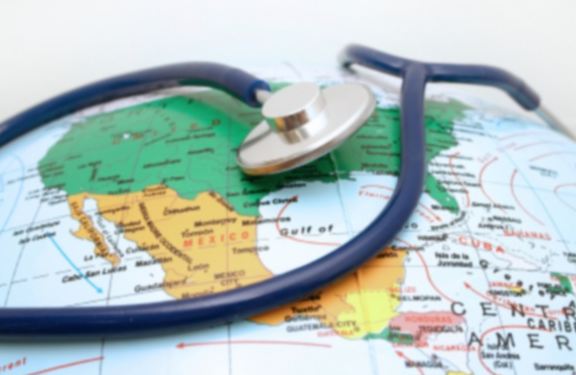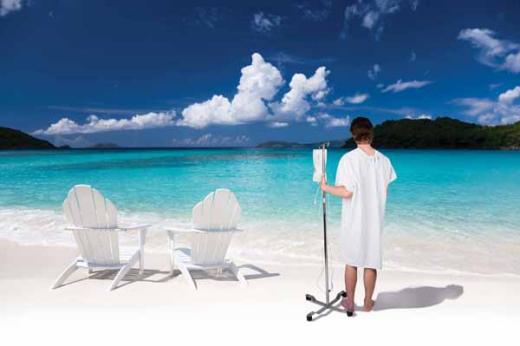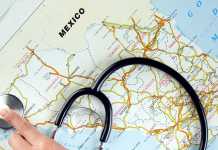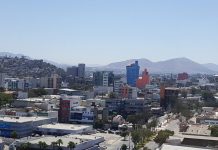In recent years medical tourism in Mexico has consolidated and gained worldwide prestige. To date, it is second in importance after the United States. Only last year the country received more than one million foreign patients who underwent medical treatment, including migrants returning for treatment. At the same time, this segment of travelers complements their trip with the great sun and beach assets of the country.
In the last decade, foreign exchange earnings from medical tourism increased by 96% from USD $544 million in 2006 to US $4.798 billion in 2016. EuroMonitor forecasts that for the coming year, medical tourism in Mexico will grow by 6% and will reach $6 billion dollars.
On the other hand, data from the Medical Tourism Association reveal that the size of the medical tourism market in the world is as much as $70 billion dollars, and every year, about 14 million people in the world arrive in other countries in search of medical care.
Another determining factor for this boom is the costs, since in Mexico they are lower than in other nations. A rhinoplasty is 56% cheaper than in the United States, or a heart valve replacement is up to 89% cheaper.
In order to take advantage of Mexico’s potential for medical tourism, Federal Tourism Secretary, Enrique de la Madrid, announced the creation the “Medical Tourism Advisory Council”, with the aim to build public policies to take advantage of the potential that this segment of tourism represents for the country.
In Mexico there are 15 medical clusters in 12 states of the country that group hospitals and export health services. Those clusters have developed particularly in the northern border of the country in recent years, with specialty medical services.
It should be noted that the most relevant entities as receivers of medical tourists are: Yucatan, Baja California, Baja California Sur, Chihuahua, Mexico City, Jalisco, Nuevo León, Puebla, Quintana Roo, San Luis Potosi, Sonora and Tamaulipas.







